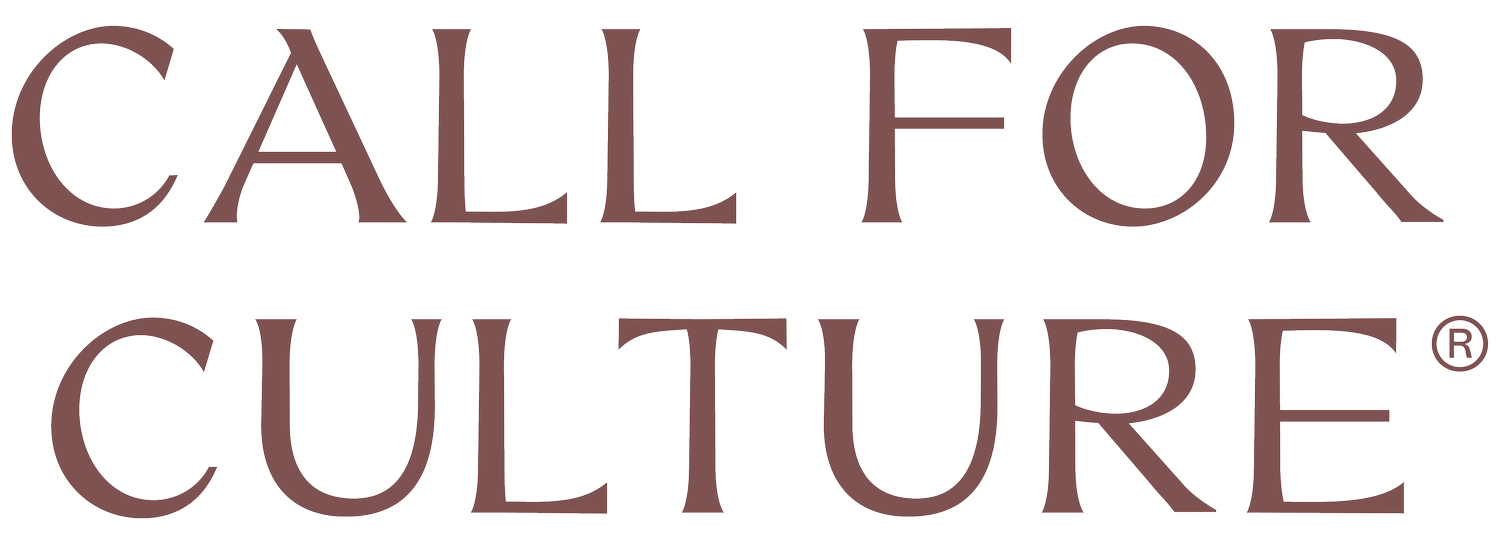The 3 Most Common Hang-Ups with Teamwork and Culture (and How to Overcome Them)
You may have seen the title to the article and thought "Oh no, not another X number of ways to article." And we get it. In the midst of information overload, your community at Call for Culture thought we'd distill down what we're seeing in our work with clients. This article goes beyond theory and taps into the field research and case studies conducted with our best and most engaged clients.
Building culture is more than improving teamwork, but it's a great place to start and pilot if you're working with a small budget or limited buy-in.
Further, building a thriving team culture isn’t easy. Teamwork can get messy, and challenges are inevitable. Yet, how we handle these challenges defines our success and is an indicator of the culture we've built.
Here are three common pitfalls teams face and strategies to address them:
Communication Breakdowns
The Problem: Miscommunication, different ways of communicating, and lack of clarity often leads to frustration, inefficiency, and mistrust. Whether it’s unclear expectations, inconsistent updates, or too much reliance on emails or messages, poor communication derails collaboration.
Our Approach and Some Tips:
• Establish Clear Channels: Define when and how to communicate (e.g., meetings for discussions, email for formal updates, instant messaging for quick clarifications). Get specific on the use of each communication channel.
• Encourage Feedback: Create safe spaces for team members to express concerns or ask for clarity without fear of judgment. This can look like submission of anonymous questions before a Townhall, clear ways of reporting compliance issues, or addressing concerns head on within forums where teams and team members gather.
• Practice Active Listening: Developing a culture of active listening versus responding can lead to less misinterpretations. Active listening also needs space and time to occur. Moving quickly without intention or regard for others is a common challenge that can create endless waste, conflict, re-work, and unnecessary misunderstandings. Equip leaders and team members with tools and tactics on active listening and consider using the same forums used to encourage feedback to also role model active listening in real time.
Conflict in Interdependence
The Problem: In collaborative environments, tensions can arise when one person’s output impacts another’s success. This is particularly true when roles or responsibilities are unclear, or when one team member feels overburdened.
Our Approach and Some Tips:
• Define Roles and Dependencies: Ensure every team member understands how their work fits into the bigger picture and impacts others. Encourage adaptation, but re-orient when needed.
• Normalize Healthy Conflict: Conflict isn’t inherently bad, and it often sparks innovation. Equip teams with tools to handle disagreements constructively, focusing on problem-solving rather than assigning blame.
• Facilitate Regular Check-Ins: Regularly discuss progress and interdependencies to identify bottlenecks or frustrations early.
Lack of Collaboration
The Problem: Teams may struggle with collaboration when silos form, when there’s competition instead of cooperation, or when team members prioritize individual goals over collective success.
Our Approach and Some Tips:
• Foster Psychological Safety: Encourage an environment where people feel comfortable contributing ideas, asking for help, and taking risks without fear of embarrassment.
• Celebrate Shared Wins: Highlight achievements as a team (versus focusing only on individual recognition) to reinforce the importance of collaboration.
• Model Collaborative and Inclusive Behaviors: Leaders should embody collaboration by involving others in decisions, co-designing solutions, and valuing diverse perspectives.
Final Thoughts & Digging Deeper
Teamwork and culture thrive when communication is intentional, conflict is constructive, and collaboration is prioritized. By addressing these common challenges head-on, teams can build trust, improve performance, and cultivate a culture of shared success.
For deeper learning and application, we've dropped around the top 10 Underminers of Healthy and Inclusive Cultures. Many of these are team based but some are much broader and complex.
10 Underminers of Healthy and Inclusive Cultures (Call for Culture, 2024)



